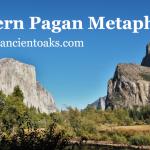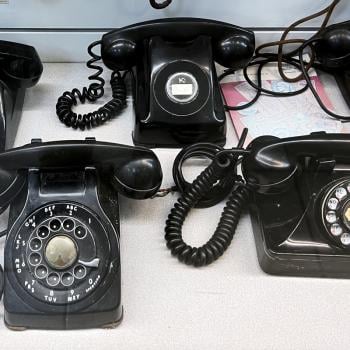Patheos has just completed a feature on The 100 Most Holy Places on Earth. It’s an interesting list – check it out if you’re interested in such things. It’s a click-through feature but at least it’s a fast click-through. The list is dominated by the “Big Five” religions – the only two that specifically apply to modern Paganism are Newgrange at #95 and Glastonbury Tor at #51.
(To be clear: Newgrange and Glastonbury Tor don’t “belong” to modern Paganism in the way that St. Peter’s Basilica belongs to Christianity and the Blue Mosque belongs to Islam. But they’re places that are sacred to many Pagans.)
Lists like this are good for education and awareness. I had never heard of most of the Hindu and Buddhist sites, and now I have. But the idea of power ranking holy places like college football teams is nonsensical and borders on disrespectful. Is Westminster Abbey (#19) really more holy than Chartres Cathedral (#26)? How do you compare the Jordan River (#70) with Temple Square (#54)? And why isn’t Stonehenge on the list?
Rather than argue about the rankings and advocating for our favorite sites that were left off, I’d rather discuss more basic questions: what makes a place sacred? What makes a place holy? How can we recognize sacred places when we encounter them? And what can we do in sacred places that we can’t do in ordinary places?
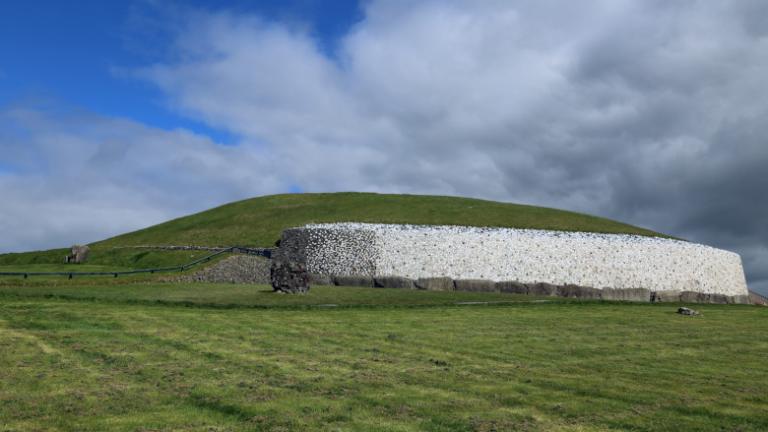
Some places are different
The poet Wendell Berry said “There are no unsacred places; there are only sacred places and desecrated places.” I interpret that poem as saying you can live a good life anywhere if you live simply and mindfully. In that respect, he’s correct. He’s especially correct with his exhortation to treat all places with respect.
But taken literally, he’s wrong. Some places are different. Some places are sacred, special, set aside for matters of ultimate concerns. And others aren’t.
There’s a difference between a temple and a grocery store, between a sacred grove and an apartment building, between a river and a sewer. All of these places are necessary and good. But they’re not all the same.
Some places are special.
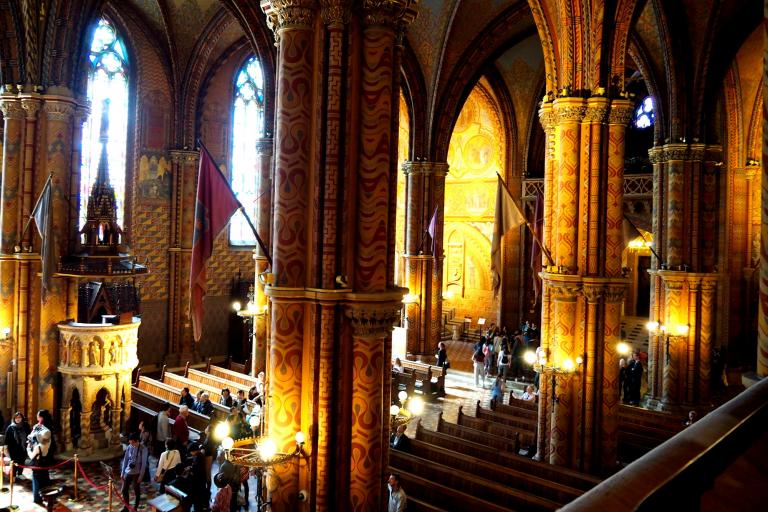
Places of natural beauty and power
All wild places have a natural beauty about them. I’m a Druid – I love the woods. But as valuable as the local greenbelt parks are to me (they nurture my soul on a regular basis) they can’t compare to the old growth redwoods in Muir Woods National Monument.
Sometimes it’s beauty. Sometimes it’s rarity – things you can only experience in a few places. Sometimes it’s size, when the enormity of Nature stares you in the face and reminds you that for all of our human technology, we remain small, frail creatures with short lifespans.
Sometimes it’s liminal places and times: sea shores, mountain tops, dusk and dawn. Those magical times and places that are neither within nor without, where anything can happen – and often does.
These places aren’t sacred because we’re attracted to them. We’re attracted to them because they’re sacred.
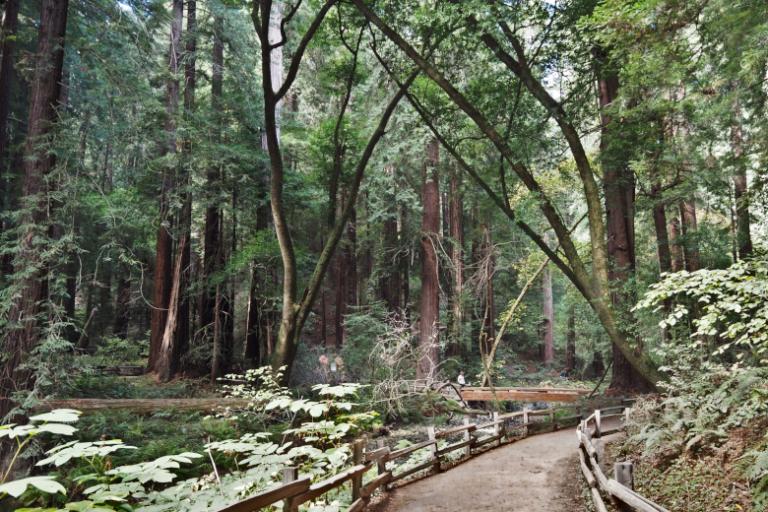
Places where important events happened
I grew up 15 miles from the Chickamauga National Military Park, the site of the second most deadly battle of the US Civil War, behind only Gettysburg. The park is set up for driving tours, but get out of your car and you quickly realize you’re in a sacred place. Something important happened here. Something terrible and violent and deadly – and necessary. This battlefield is holy ground.
People come and people go, but the land remains. The land is a tangible and literal connection to the important events of the past. Does the energy of the event remain long after it’s over? I tend to think so. But even if all that remains are memories, that’s enough. Visiting a place where something important happens prompts us to experience it all over again. Or at least, being there allows us to experience the essence of the event. No one was firing cannonballs at me at Chickamauga, even though at times it felt like it.
The important events need not be so tragic. People make pilgrimages to the birthplaces and burial sites of famous people, looking for a connection to them. They build monuments and put up plaques to help future generations remember.
Yes, some of these places are just curiosities for tourists.
But others are sacred.
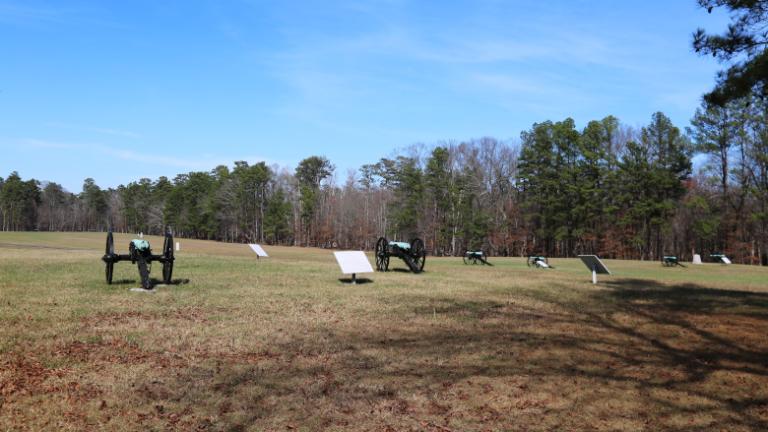
Human-built places of worship
The majority of places on the Patheos list are places of worship. Cathedrals, churches, mosques, synagogues, temples, shrines – whatever various traditions call them, they’re places where people gather to worship.
Some of these are built on sites where important events happened, like the Church of Nativity, built on the site where Jesus supposedly was born. Some are built on places where worship of a different kind had taken place, as with the many churches built on the sites of former Pagan temples.
But mainly, these places are sacred because of the sacred work that goes on there. They’re places where people meet their Gods and honor Them.
The grounds of Denton UU are sacred. Denton CUUPS has held deep and powerful rituals there since 2000 – I’ve been a part of many of them. That’s not going to make anybody’s Top 100 list, but that’s OK – we know it’s holy ground.
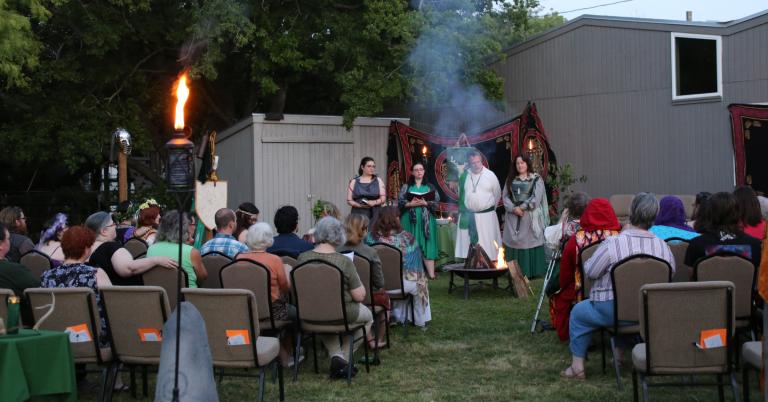
Places of spiritual power
Some sacred sites are places of natural power. A few sacred sites are places of supernatural power.
The word “portal” gets thrown around a little too casually for my tastes, but natural portals do exist. These are places where it’s easy to access the Otherworld, or perhaps, where this world and the Otherworld overlap. In ancient stories, these places are often caves and wells that go down into the Earth, or mountain tops that go up into the Sky. But some are spots that look perfectly ordinary… until you pay attention to them. There’s one in a local park near my home… and that’s all I’m going to say about it.
These places don’t get the attention that the temples and forests and battlefields get, but they’re sacred just the same. If you can find one, and you know what to do there, and you can do it respectfully and effectively, you can add some significant power to your magic.
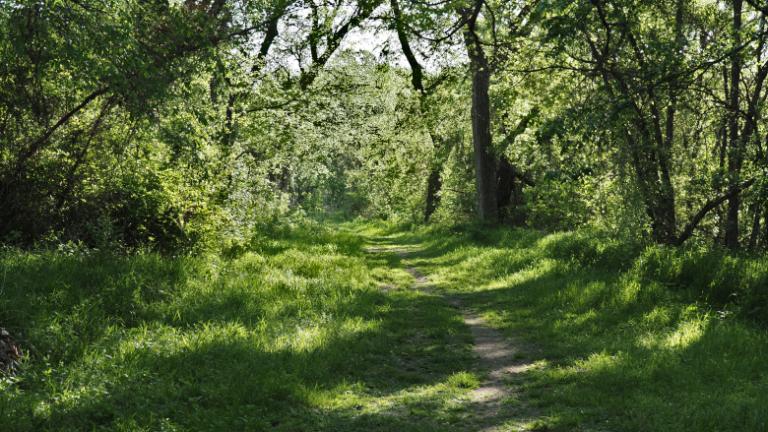
Recognizing sacred places
Some sacred places overwhelm you – you know you’re on holy ground as soon as you see them. Others are more subtle – you may not notice them at first, but the longer you’re there the more it becomes obvious to you. And others require paying close attention, and in some cases, searching carefully.
In any case, the more mindfully you’re looking for them, the more likely you are to recognize them.
And once you find a sacred place, then what?
The most common response is silence. The experience of a holy place is often ineffable – something you can’t describe because words are entirely inadequate.
Can I be honest? I’ve messed up a couple of experiences of sacred sites because I wanted something to happen so badly I tried to force it. I try not to do that anymore.
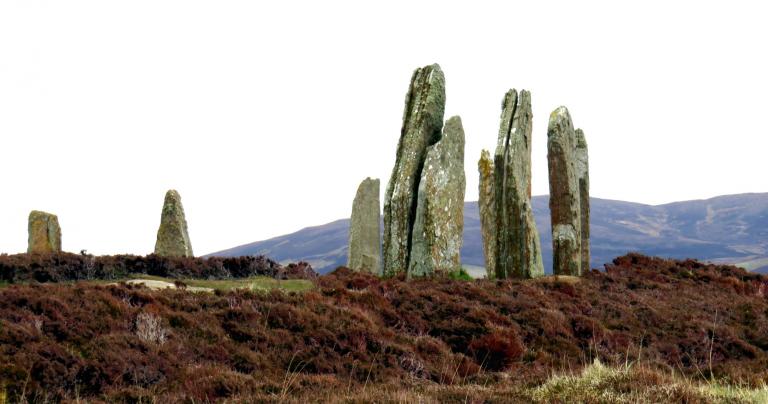
Relating to sacred spaces
Be aware of the traditions and protocols of the place, especially if it’s associated with a tradition that’s not your own. Be a respectful guest, not an entitled tourist.
Approach. If necessary, ask permission to enter. You’ll know if it is.
Introduce yourself. If appropriate, make an offering, even if it’s just some of the water you’re carrying.
Listen.
Sometimes you need to close your eyes. Other times you need to keep them wide open.
Listen.
That means don’t speak. Not out loud and not in your head.
Just take it all in.
Sometimes there will be a specific message for you.
Other times it’s about letting the place seep into you and work its magic on you, slowly and subtly. You may not grasp the importance of the visit until weeks or even months later.
Even if you have an amazing ecstatic experience, you still may not grasp the importance of the visit until weeks or months later.
We can only visit a sacred space for a short time. Its true value is in how it impacts and influences our lives when we’re back in ordinary spaces.


